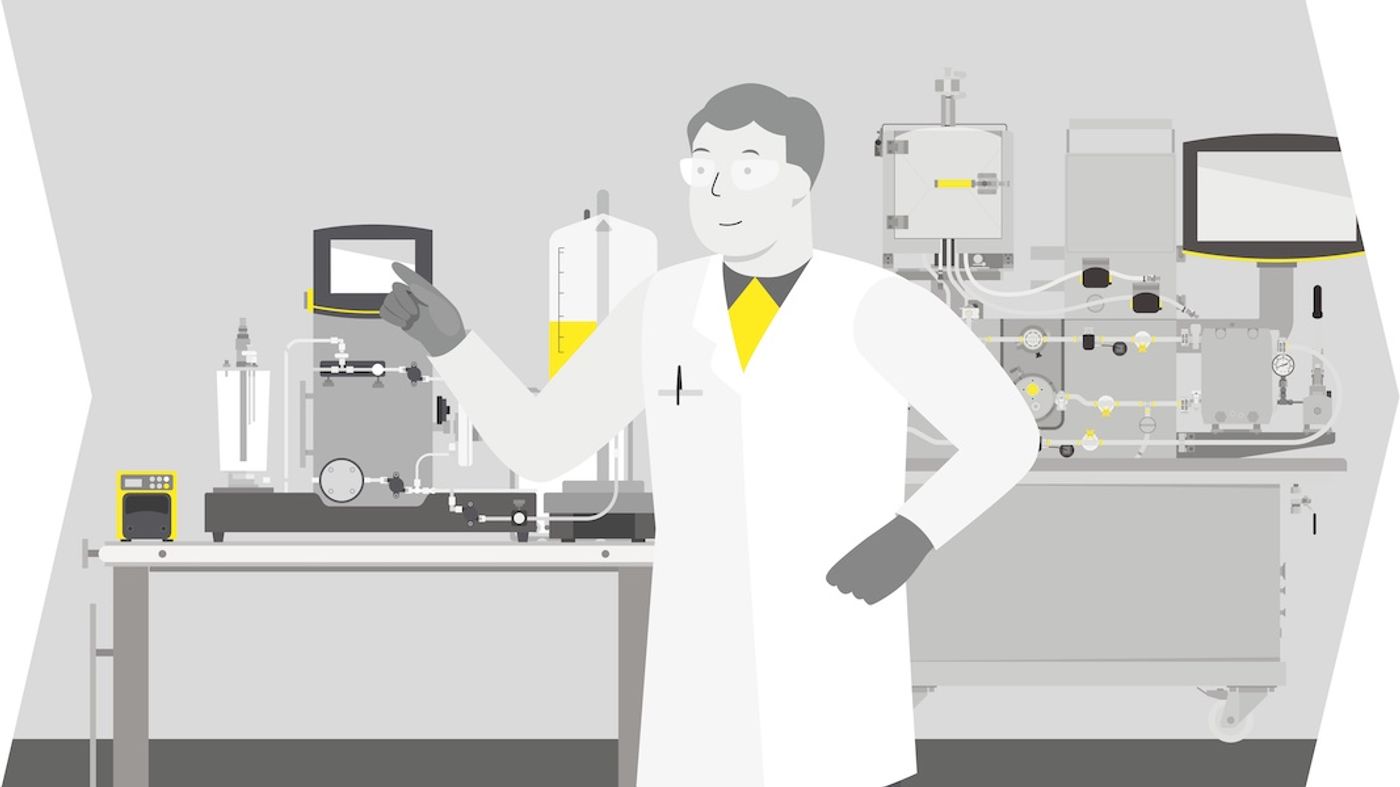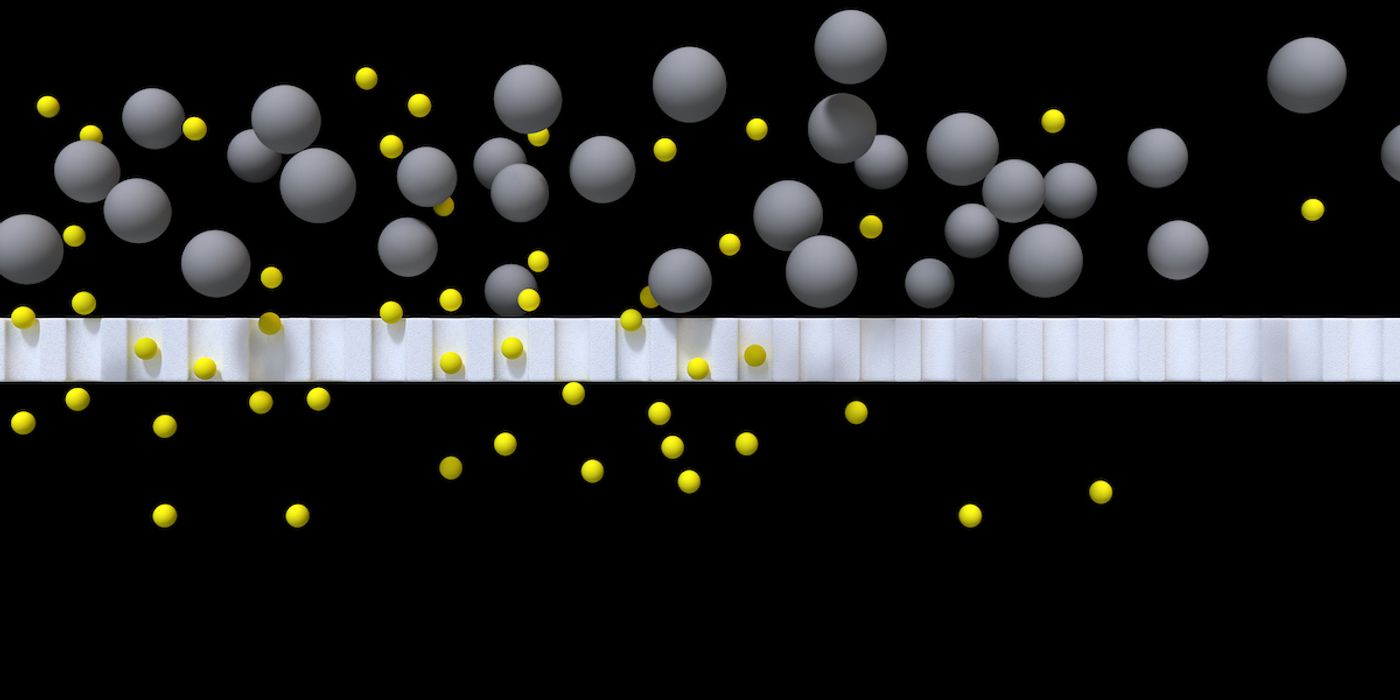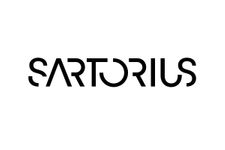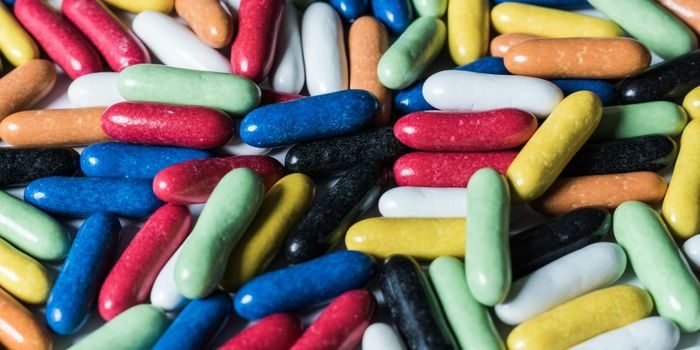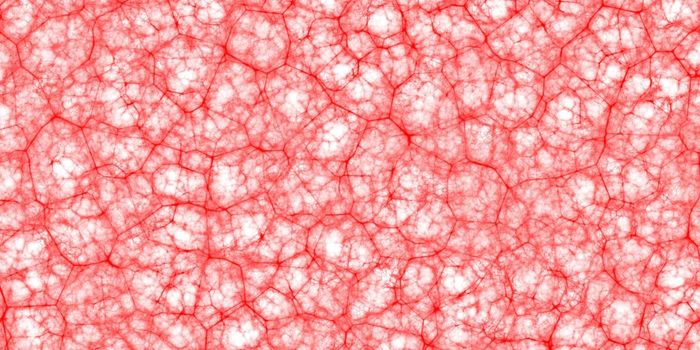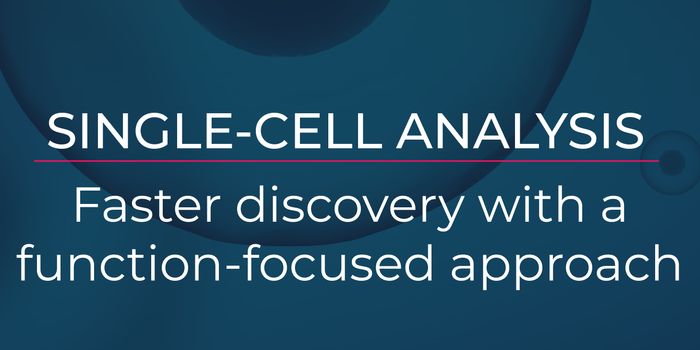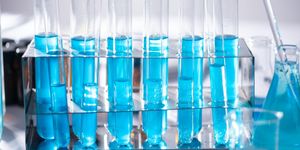Clarification and Filtration Solutions for mAb Development
The long journey from cell culture to a purified monoclonal antibody (mAb) involves many sample processing steps, with clarification and filtration playing significant roles. However, clogs, complex protocols, and other inefficiencies can drive up costs and disrupt critical timelines for developers. In this quick read, we'll explore these challenges and offer solutions for establishing a robust workflow.
Importance of mAbs in biotherapeutic development
mAbs are one of the fastest-growing classes of biopharmaceuticals. According to Global Data, there are currently 360 market mAbs with over 6,500 in the discovery and clinical pipelines. The specificity of mAbs allows for targeted therapy, where they can bind to specific proteins in diseased cells or pathogens without affecting healthy cells, minimizing side effects, and improving patient outcomes.
Despite their success, the development of mAbs, especially those targeting less immunogenic multi-pass membrane proteins like G protein-coupled receptors (GPCRs), remains challenging. Overcoming these challenges requires not only scientific ingenuity but also the integration of advanced technologies at every step of the development process.
Key steps in the mAb development process
The mAb process begins with molecule development followed by cell line development (CLD), aimed at generating high-titer, stable cell lines. This stage involves gene cloning, rapid screening, and thorough analysis of clones to ensure they meet the required quality attributes and specificities. Following this, optimal culture conditions are identified to maximize growth and productivity. It is at this juncture that filtration and clarification processes become critical, influencing the yield and quality of the final therapeutic product.
The role of clarification and filtration in the workflow
Clarification is the first step in the downstream processing of mAbs. After the cell culture process, the mixture contains the desired antibodies along with other impurities such as host cell proteins (HCPs), DNA, dead cells, and cell debris. Clarification separates the mAb-containing supernatant from these impurities.
Cell Clarification: This step removes whole cells and cell debris from the culture broth using centrifugation, filtration, or a combination of both. The goal is to obtain a clear supernatant that contains the mAbs but is free from larger particulate matter.
Removal of Soluble Impurities: Additional filtration steps may be used to reduce the levels of HCPs, DNA and other contaminants left behind after the initial clarification.
Filtration involves several stages and types of filters to progressively remove impurities and concentrate the mAb product.
Concentration and Diafiltration: Tangential flow filtration (TFF), also known as crossflow filtration, is used to concentrate the mAb solution and exchange the buffer to one that is suitable for the final formulation. TFF uses a membrane with a specific molecular weight cut-off (MWCO) to retain the mAbs while allowing smaller impurities to pass through.
Sterile Filtration: After purification, the mAb solution is passed through a sterile filter, typically with a pore size of 0.2 microns, to remove any remaining bacteria or other microorganisms.
Typical challenges with clarification and filtration
What are some of the challenges with clarification and filtration in the mAb development workflow?
Variability in the cell culture medium is one; differences in cell density and viscosity can affect filtration efficiency and throughput. Clogging is another issue. It slows down the process and increases costs due to the frequent need to replace filtration devices. Finding a balance between contaminant removal and high product yields is a key challenge that developers must navigate.
As mAb development moves from research to clinical trials and then to commercial production, they face yet another hurdle: adapting to increased production volumes without compromising product quality or process efficiency. The clarification and filtration steps must be robust and flexible enough to accommodate these changes.
Enhancing filtration and clarification workflows
By combining clarification and sterile filtration, integrated kits like the Sartoclear Dynamics® Lab Kits streamline workflows and reduce contamination risks. They simplify the process by removing the centrifugation step, enhancing both efficiency and safety.
The industry has also embraced Protein A affinity membrane chromatography, which offers a high-yield alternative to traditional resin-based methods for antibody capture. This innovation not only simplifies the process but also enhances the overall efficiency of mAb production.
Additionally, for TFF, the availability of various membrane materials and molecular weight cut-offs allows for greater optimization of ultrafiltration and diafiltration steps, to suit the specific properties of the mAb being produced.
Learn more at sartorius.com
